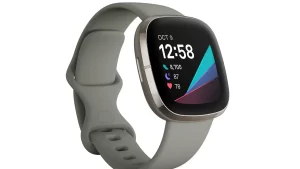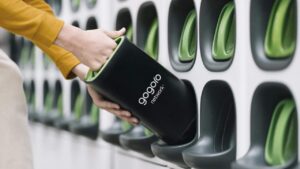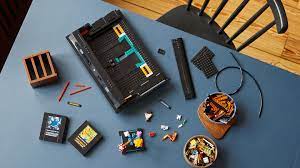
Chrome OS Flex, Cloud-First version of the Google Chromebook operating system aimed at aging PC and Mac Hardware, finally came out of the beta phase four months after its announcement and is now available for a wider audience (through Google Blog). While the premise of Chrome OS Flex is interesting in itself, what further increases its attractiveness is that it can be downloaded on a USB drive and is reviewed on the old engine before being installed as a new OS.
Google has also placed a device certification program that separates devices into three levels based on how good its performance. Of course, not all of them are bright for hundreds of devices listed in the database. For example, installing Chrome OS Flex on a particular MacBook Air model makes webcam useless. There may also be other hardware problems with aspects such as Bluetooth, touch screen, SD card slots, and more (through Google’s support).
Steps to install Chrome OS on a PC or Mac for a long time are quite easy, as explained by Google; All you need is a USB Drive that will be downloaded by Chrome OS Chrome that can be downloaded. Simply plug the drive to your old computing machine and install the operating system to replace the original OS. Of course, there will be step -by -step guidelines during Google’s installation process to ensure everything runs smoothly.
Liveline for old computers with several warnings
For the company, Chrome OS Flex also supports network distribution for several devices at once. There are also some additional items that come with an increase Google, among others.
Google claims that the device that runs Chrome OS Flex “is safe, boot fast, don’t slow down from time to time, update automatically in the background.” From a safety point of view, Chrome OS Flex is referred to as a stronger alternative because it blocks all that can be executed and depends on sandboxing technology, which means users also do not need to worry about installing an antivirus tool. In fact, Chromebook can do several things.
Another important aspect that Google actively encourages the virtues of Flex Chrome OS is its ability to save old computing machines, prevent them from becoming any other electronic waste piles. Plus, Chrome OS Flex is also said to consume 19 percent less energy, so there is less burden on electricity bills as well. Google does note that there are some differences between the core of Chrome OS and Chrome OS Flex, though, such as the absence of a verified boot due to the lack of Google’s security chip and the suspension of attacks due to the unavailability of a trusted platform that is a trusted module (TPM), as explained in the support document Google.




